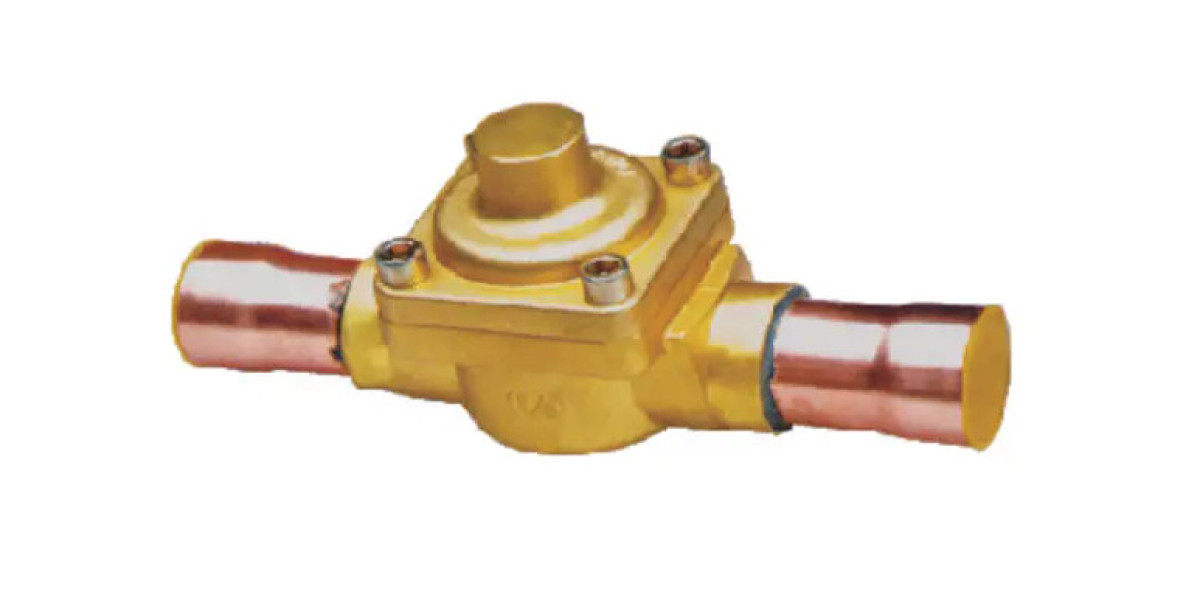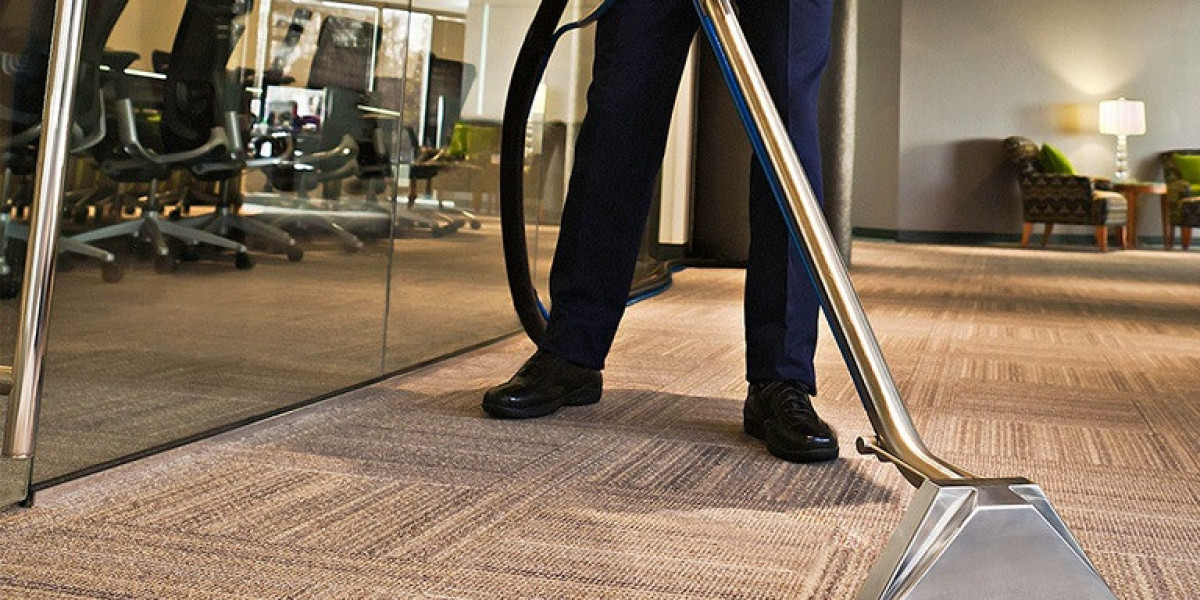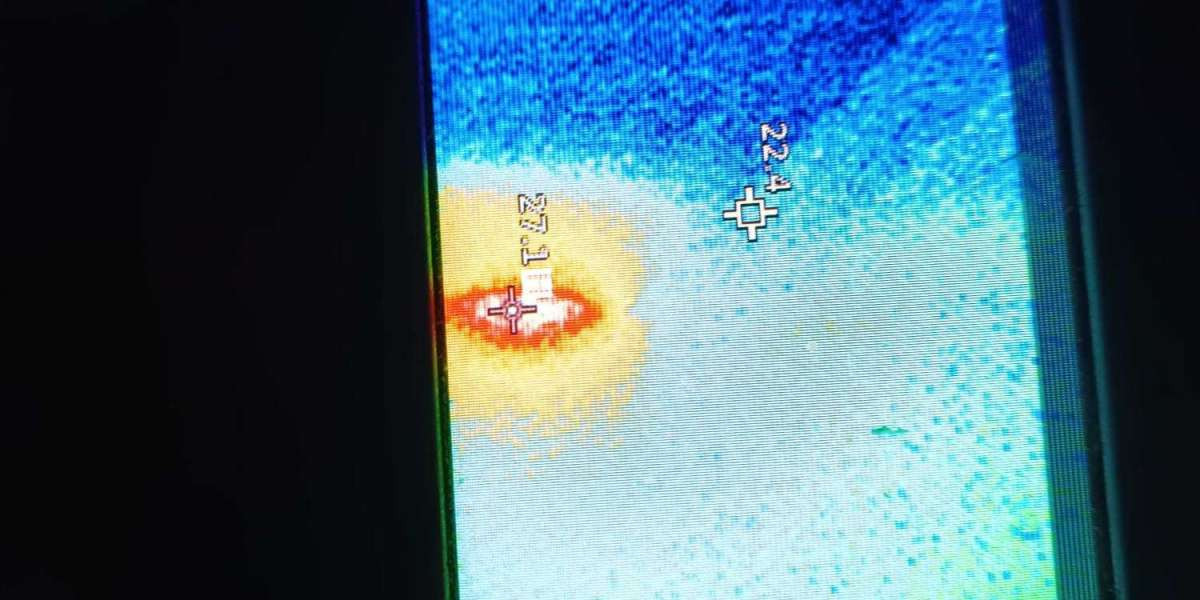The one-way stop valve plays a crucial role in fluid control systems by allowing flow in a single direction while preventing backflow. This characteristic makes it valuable in various industrial, commercial, and domestic applications. It is typically installed where the prevention of reverse flow is necessary to protect equipment or maintain process integrity.
In operation, the one-way stop valve opens when the fluid pressure from the inlet side reaches a certain level. If the pressure on the outlet side increases, the valve automatically closes, ensuring unidirectional movement. This functionality is essential in systems where contamination, mixing, or pressure fluctuation could pose risks.
One of the common uses of a one-way stop valve is in water supply lines. When installed at the entry point of a residential or commercial building, it ensures that pressurized water does not re-enter the municipal system. Similar principles apply in chemical processing, where the valve helps to isolate sections of pipelines during maintenance or system failure.
The construction of a one-way stop valve generally includes a body, a seat, a disc or ball, and a spring mechanism. These components work together to enable responsive operation without requiring external power or manual intervention. Materials such as stainless steel, brass, and durable polymers are frequently chosen for their resistance to corrosion and pressure.
Routine inspection of the valve ensures it remains free from debris and continues to function as intended. Malfunction can lead to system inefficiencies or potential safety concerns. Therefore, understanding its position in a system and monitoring its performance are key responsibilities for technicians and operators.
In summary, the one-way stop valve serves as a protective and controlling device in many piping systems. Its simple yet effective design makes it a valuable component in ensuring process stability and safety across different industries.








